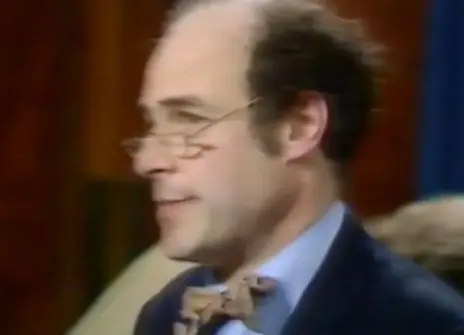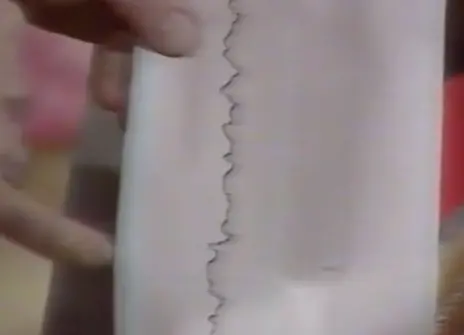Lecture 4 – Probes, sondes and sounds
From the 1975 programme notes:
If one had to associate a particular instrument with doctors in general, it would certainly be the stethoscope. It enables him with convenience and decorum to listen to the noises inside his patient. Most of the interesting noises occur in the chest and in particular in or close to the heart, though bowel sounds have also received some attention. The interpretation of the sounds takes experience, but this can be supplemented by detecting the sounds electronically and displaying them as a picture, when it also becomes possible to measure the time relationship between them.
Man is really a tube about 10 metres long, if one considers the path between mouth and anus in which all our food is digested. It is not easy to explore the inside of this tube except close to the two ends. One way of measuring some of the physical conditions inside it such as pressure, temperature, movement, and even acidity is to swallow a very small radio-transmitter equipped with means to modulate the radio signal in accordance with the conditions it encounters. Such a transmitter can be allowed to pass right through the system, transmitting as it is moved along.
Another way of exploring the alimentary canal, which is also applicable to the tubes in the lung, is to use an endoscope. This is an optical system which can allow one to see round corners and also to examine in detail whatever is close to the tip of the device. When great flexibility is required endoscopes can be made out of bundles of special glass fibres, where each fibre carries one image point from the input end of the bundle to the viewing end. It is important therefore that the geometrical arrangement of the ends of the fibres at the two ends is identical in order to avoid scrambling the image, a requirement which makes them difficult and expensive to construct.
About the 1975 CHRISTMAS LECTURES
In his 1975 CHRISTMAS LECTURES, Heinz Wolff explores how to investigate your inside without breaking the skin.
From the 1975 programme notes:
Imagine that you had to find out what was wrong with a motor car, but that you were not allowed to open the bonnet, or undo any nuts and bolts, or to break any wires. You would have to rely entirely on the noises you could hear, on how it reacted to the manipulation of external controls, and maybe on the characteristics of the exhaust.
The doctor using only his own senses is in much the same position when examining a patient, except that he has to deal with a very much more complicated system, and moreover one which is understood less completely than a motor car. This series of lectures is about how one can examine the functioning or the structure of the inside of the body noninvasively, that is, without having to open the patient. In particular, they will be concerned with the techniques which are now available to amplify the doctor's senses or to detect signals to which we are normally quite insensitive.
Each lecture will take a particular set of signals, consider their origin and why they are important, demonstrate how they are detected and measured, and explain how the instrumentation works. The lectures will also illustrate how much modern medicine is becoming dependent on a proper application and understanding of engineering and physical principles.






